Dear Readers, The teeth are very hard organs, belonging to the digestive system. With the task of chewing and grinding food, the teeth can suffer from some very common ailments, such as tartar and tooth decay, which can be treated with natural remedies. Let’s find out better.
Anatomical description of the teeth
The teeth constitute a complex structure, consisting of various parts, a visible portion that protrudes into the oral cavity, the crown, a portion fixed inside the maxillary or mandibular bone, called the root and, finally, an intermediate part called the collar.
The tissues of the tooth are made up of enamel, the hardest tissue which is made up of 95% minerals; then comes the dentin that gives the tooth its color, more fragile than the enamel and easily attacked by bacteria, and the cement that covers the root.
The pulp of the tooth is an internal structure consisting of vascularized and innervated connective tissue, with lymphatic and blood vessels that give vitality to the tooth.
The tooth is an organ belonging to the digestive system responsible for chewing and grinding food. In humans, the final set of teeth corresponds to 32 teeth: 4 incisors, 2 canines, 4 premolars, and 6 molars on the maxilla and as many on the mandible.
Natural treatments and therapies for the teeth
There can be many causes of toothache: caries, abscesses, wisdom teeth, gingivitis, etc. However, toothache is often accompanied by headaches and back pain.
Inflammation of the pulp, tooth decay, and abscesses are friends of sugar. It is important not to abuse coffee or highly staining foods such as artichokes, tea, and red wine. Never neglect the evening cleaning because at night plaque builds up and the dangers to the mouth multiply.
For those who have bad breath problems, it will be useful to eat low-fat natural yogurt without sugar regularly.
Among the useful infusions against toothache are excellent those based on chamomile (it has sedative, digestive properties), lavender (antispasmodic, analgesic), lemon (detoxifying), marjoram (calming).
To relieve toothache disorders that generate mental and physical stress with flower therapy, among the Bach flowers: Oak, Vervain and Hornbeam, Crab Apple, Elm and Red Chestnut (stress and tension headache), Impatiens ( headache accompanied by a general sense of irritation).
For the treatment and prevention of toothache, homeopathic remedies such as Chamomilla, Arnica, Hypericum, and Belladonna are also useful.
Consult a doctor before using any remedy.
Yoga
Ayurveda touches all aspects of a person’s life, even toothpaste. According to Ayurveda, toothpaste should be astringent and bitter. If sweet toothpaste is useful, the saliva becomes thick and rich in calcium and tends to form deposits of tartar on the teeth.
Among the herbs used, there is often Neem (Azadirachta indica) which thins saliva and removes tartar. And effectively fights the retraction of the gums. Neem can also be used as a pure oil to massage into the gums.
In the yoga universe, there is also a practice called oil pulling, a technique not necessarily considered kriya. But still recommended in some Ayurvedic texts. It involves doing a 10-20 minute rinse in the morning on an empty stomach with sesame, sunflower, or coconut oil.
After about 10 minutes the oil mixes completely with the saliva and becomes a white foam useful for removing toxins, treating the gums, and whitening the teeth.
Chinese traditional medicine
The teeth are bones and therefore connect to the kidneys in traditional Chinese medicine, while the gums are connected to the stomach. The whole area of the mouth and nose connect to the Yang Ming Channel.
Internal imbalances in the mouth indicate malfunction of the respective Zangs. In TCM, for example, bleeding from the gums indicates extreme heat in the stomach, while pale gums mean blood deficiency.
Other disciplines
Dentosophy is the therapeutic method that, by straightening the teeth, also treats back pain. Some would then venture to say that putting teeth and back in line also acts on anxiety and “straightens existence” in some way.
No drills, no traumatic sessions, no painkillers to stuff yourself with; dentosophy uses only one silicone device (originally it was rubber), called a functional activator.
Underlying dentosophy is the idea that the mouth is in balance at birth. On the other hand, it happens that the vital functions of sucking, swallowing, breathing, speaking. And also chewing can develop in a non-harmonious way and go to break the balance inside the mouth.
Any actions that could alter this state of grace? Breathe with your mouth, and chew on one side only. These alterations have repercussions on a physical and psychic level since the mouth and teeth represent archetypes and psychological states in deontosophy.
This means that dentosophy by treating teeth also treats asthma, allergies, back pain, headaches, insomnia, and snoring.
Before using any remedy contact your doctor for suggestions.
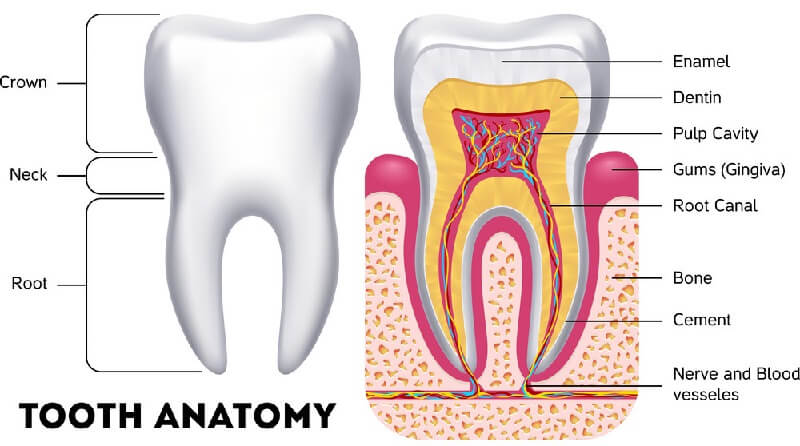
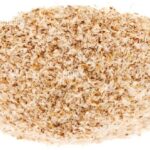

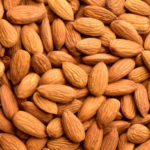
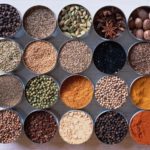
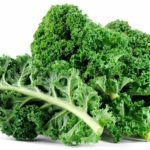

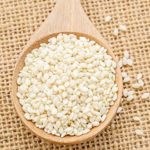


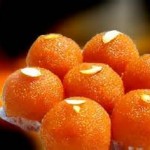


[…] That is why sesame is very healthy for skin and hair. The high calcium content in sesame supports teeth and […]